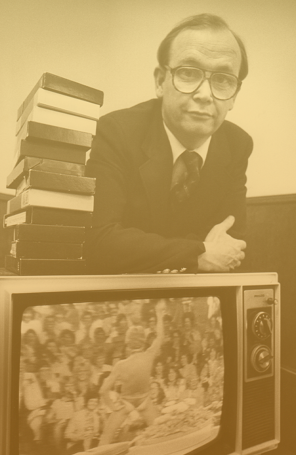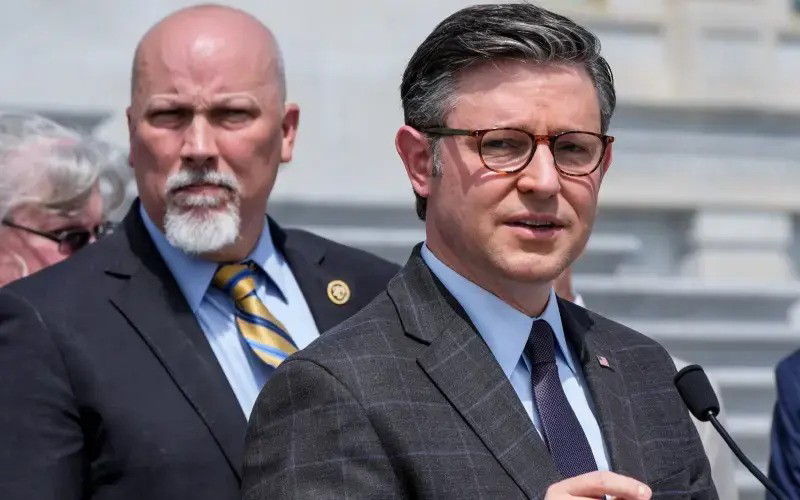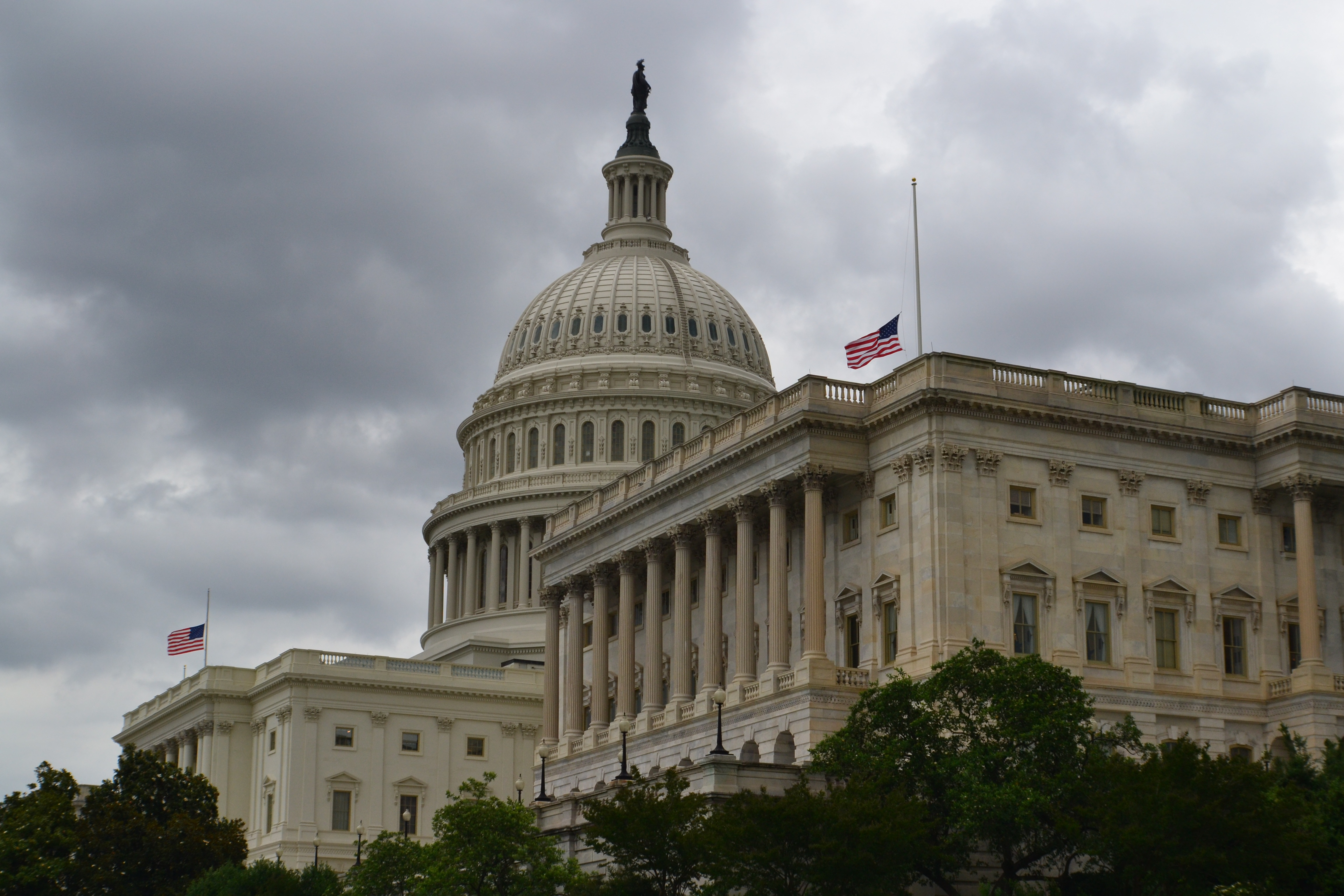Culture Wars Continue...
Sign up for a six month free
trial of The Stand Magazine!
(Digital Editor's Note: This article was published first in the January/February 2023 edition of the print version of The Stand.)
The battle for life was once a unifying issue for conservatives. But in the wake of the 2022 Supreme Court decision to strike down nearly half a century of bad precedent, a divide between social and fiscal conservatives is growing more obvious.
“With Roe having been overturned, we are really seeing the differences be- tween social and fiscal conservatives,” said Jameson Taylor, AFA Action director of policy and legislative affairs.
Taylor co-authored the Mississippi pro-life bill that led to Roe v Wade being struck down. He spoke with The Stand about the aftereffects of that ruling and how conservatives might coalesce moving forward.
The Stand: Has the response to Roe being overturned been as anticipated?
Jameson Taylor: I’m disappointed, but not surprised that more solid red states have not banned abortion altogether. I have been surprised with how poorly some Republicans have defended their pro-life views and how quickly some have compromised on exceptions like rape and incest.
We’re also seeing some Republicans who are not as pro-life as they claim. Therefore, they are going to be forced to find other issues to prove that they are legitimate conservatives.
TS: How do you distinguish between social and fiscal conservatives?
JT: Social conservatives, at least in terms of policy, have typically been defined by their opposition to abortion and same-sex marriage. The philosophy and principles are much deeper than that, but in terms of the current political landscape, that’s generally how the media defines a social conservative. I think there’s a need for social conservatives to better define their own philosophy.
TS: How can the two groups come together?
JT: Both can work together to reform welfare. This requires reinstituting the very successful Welfare-to-Work model that Republicans passed in the 1990s. It also requires eliminating welfare marriage penalties and limiting welfare to the truly needy.
They can also work together to reduce the national debt and government spending. The debt now stands at $31 trillion, which is completely unsustainable. We must start living within our means, or there will be no money left for priorities like national defense, education, and health care.
The most important area social and fiscal conservatives can work on together is to rein in the administrative state – that is, agencies and bureaucratic red tape.
Increasingly, the executive branch is taking power and using agency rulemaking to accomplish each president’s agenda. This is very dangerous because these agencies have little accountability and are doing unconstitutional and highly questionable things.
Federal agencies are out of control and promoting policies contrary to socially and fiscally conservative principles.
TS: How can conservatives rein in the administrative state?
JT: The family is the best department of education, welfare, health care, and housing there is. If you want less government, you need strong, two-parent families.
The good news is that family formation is natural. It comes easily to us in a certain respect. The bad news is that the culture is very anti-family. A decisive battle over marriage and the family is occurring right now. This is because the family is the foundation of a proper political order.
TS: What can one person do?
JT: People overestimate what’s necessary to make an impact. I was part of the core group that helped get Roe v. Wade overturned. And it was a very small group.
A wonderful thing about our country is that it’s still possible for a small group of people to get together, work hard, and effect change.
That begins by starting where you are and working in the areas of influence you currently have – neighborhood, church, city, county. The main thing is to show up and be involved.

Sign up for a free six-month trial of
The Stand Magazine!
Sign up for free to receive notable blogs delivered to your email weekly.



















